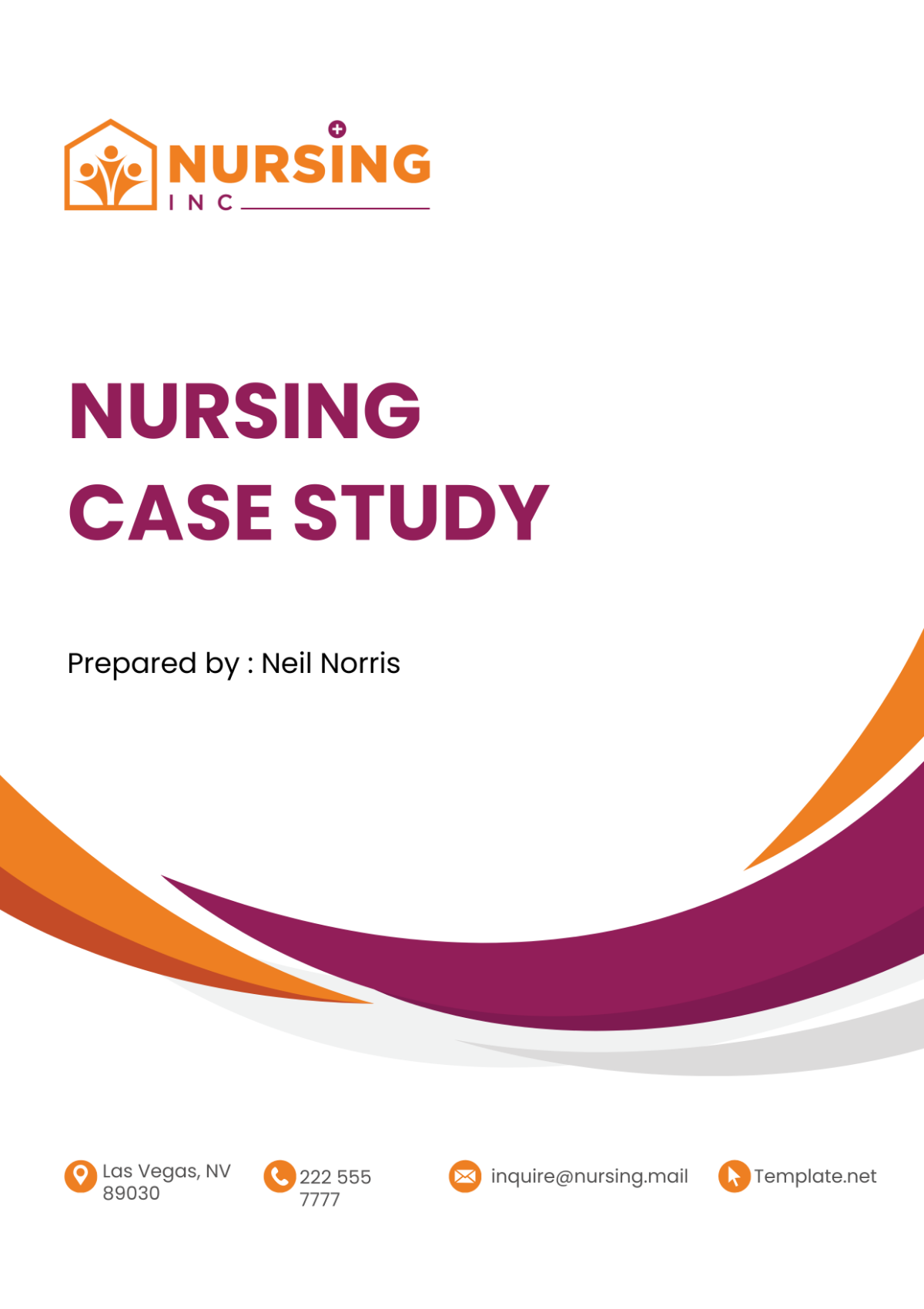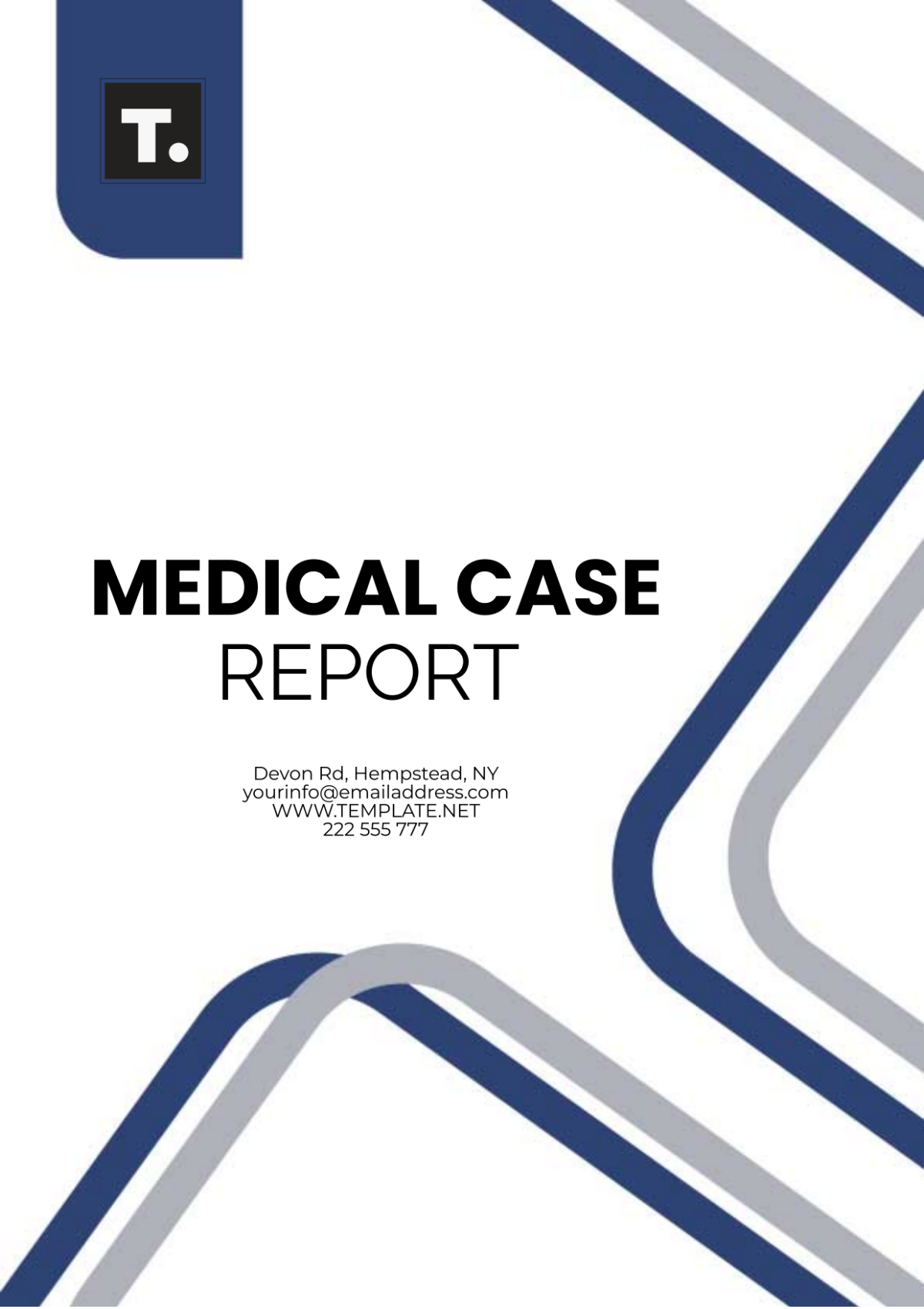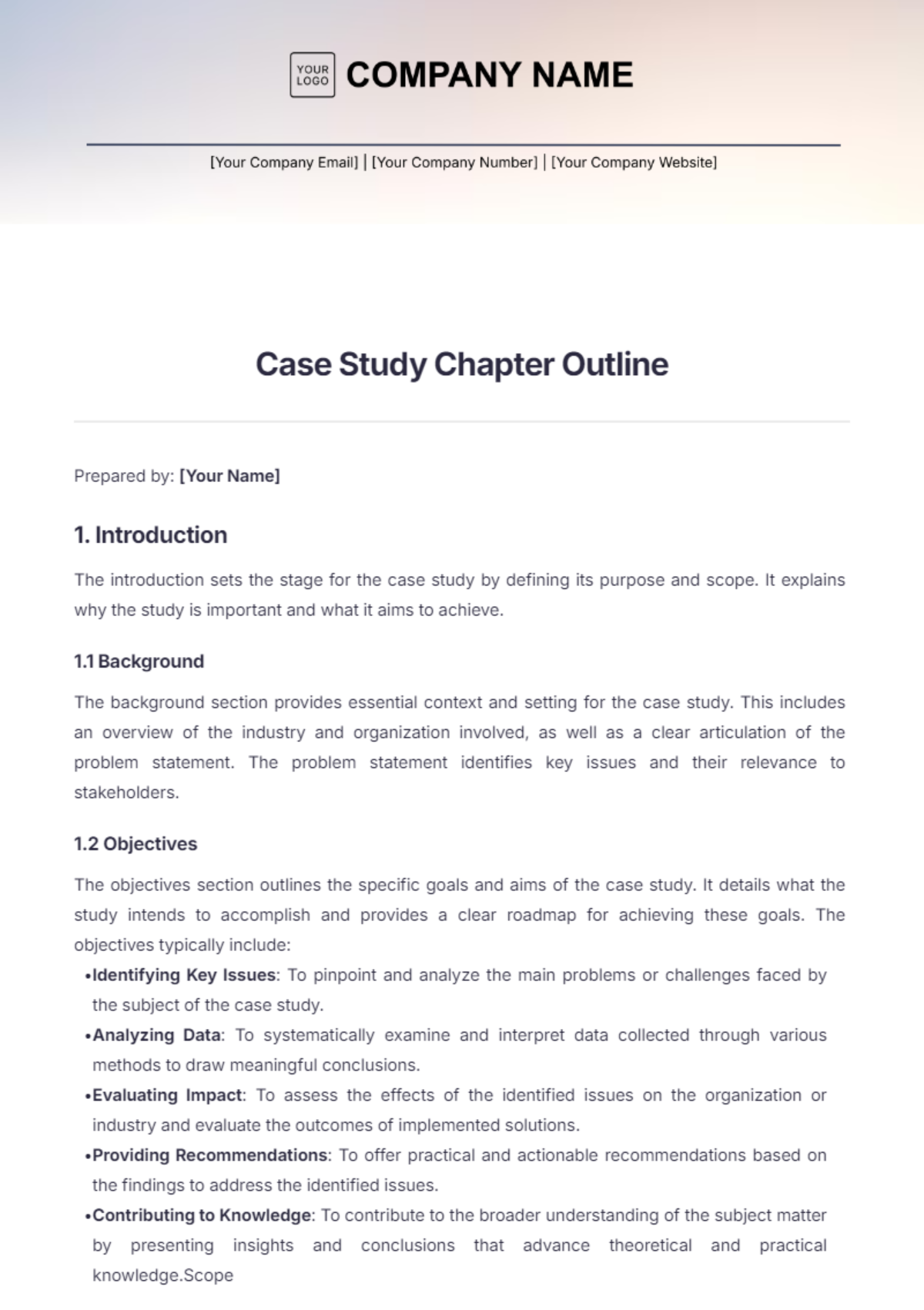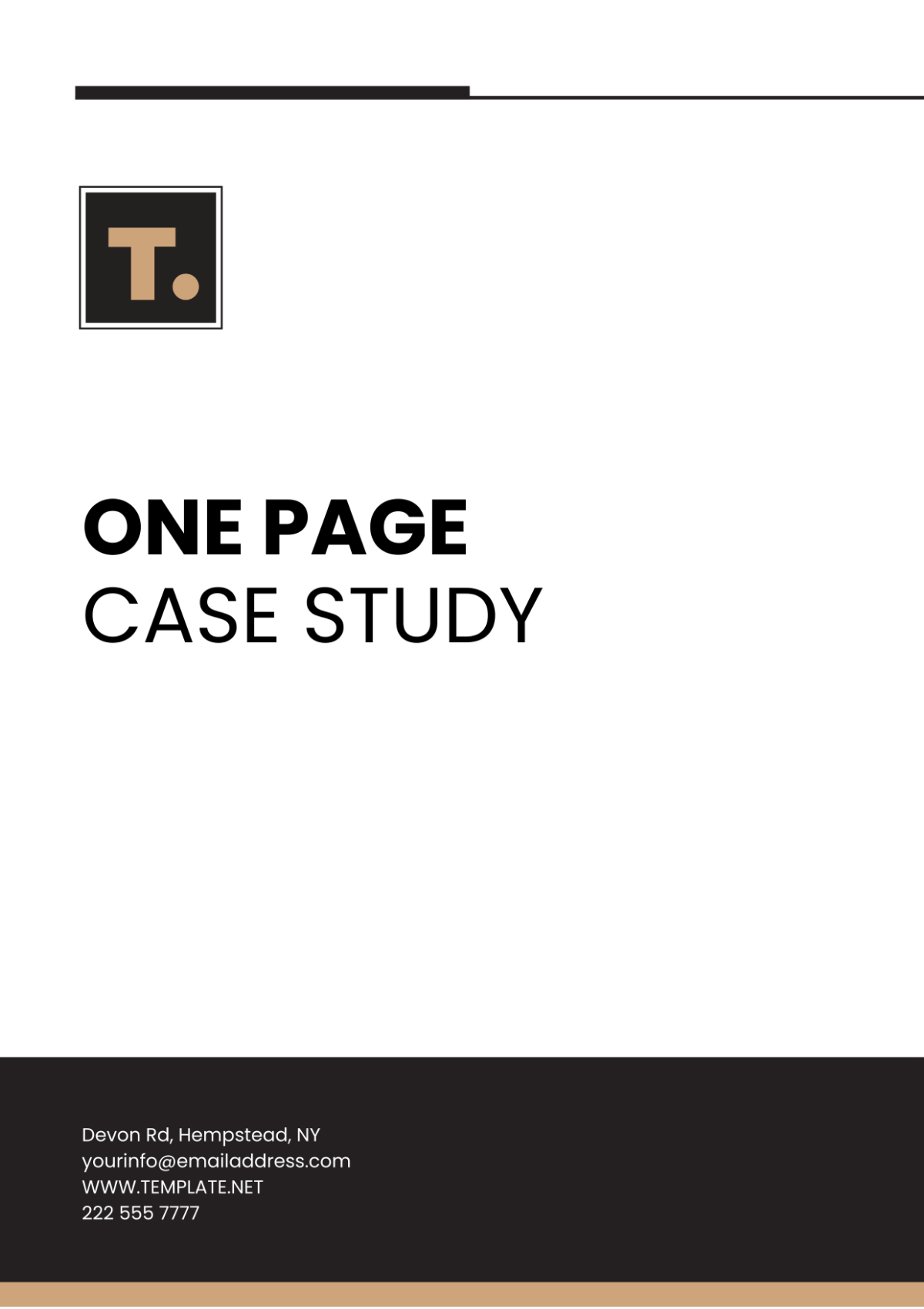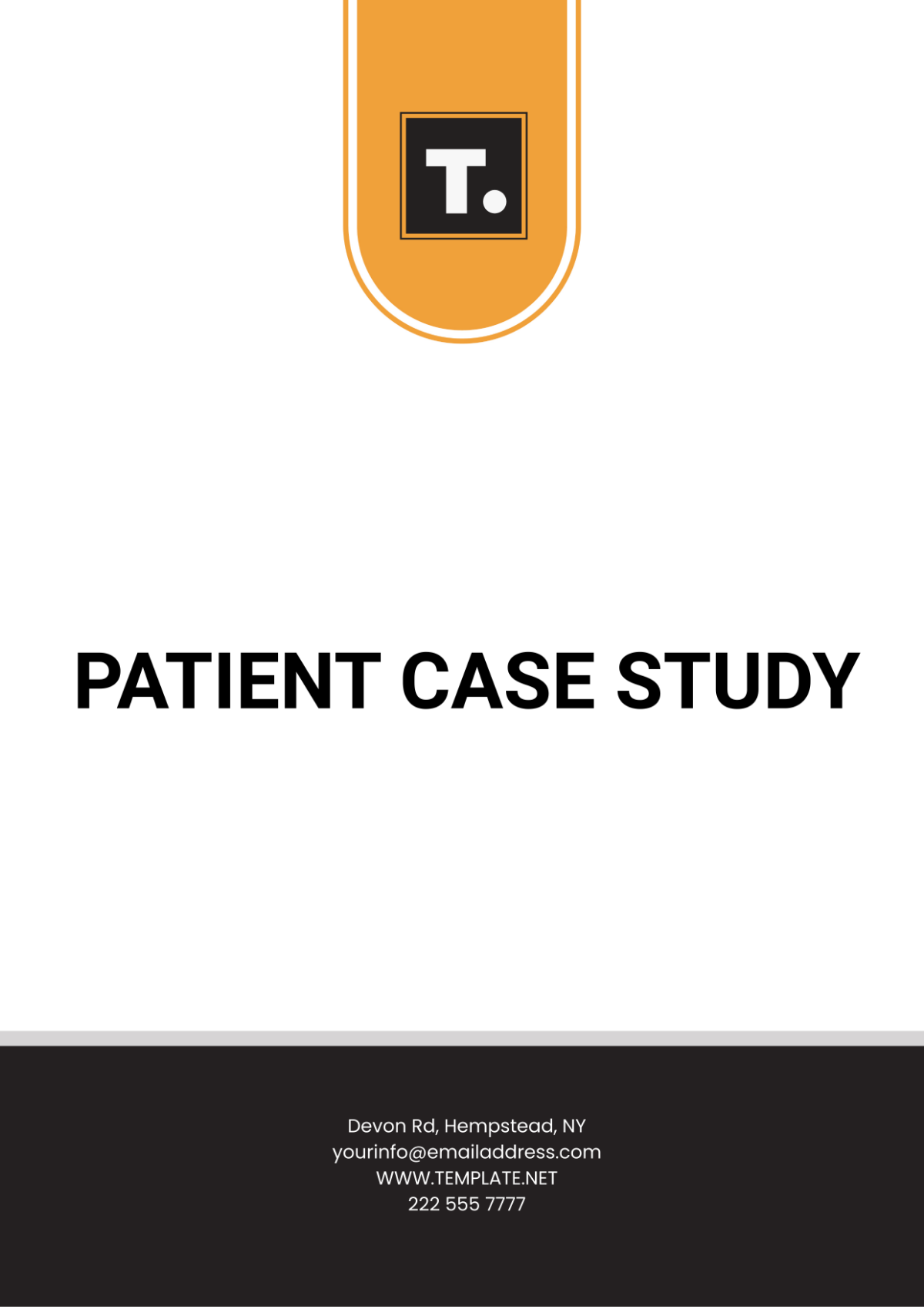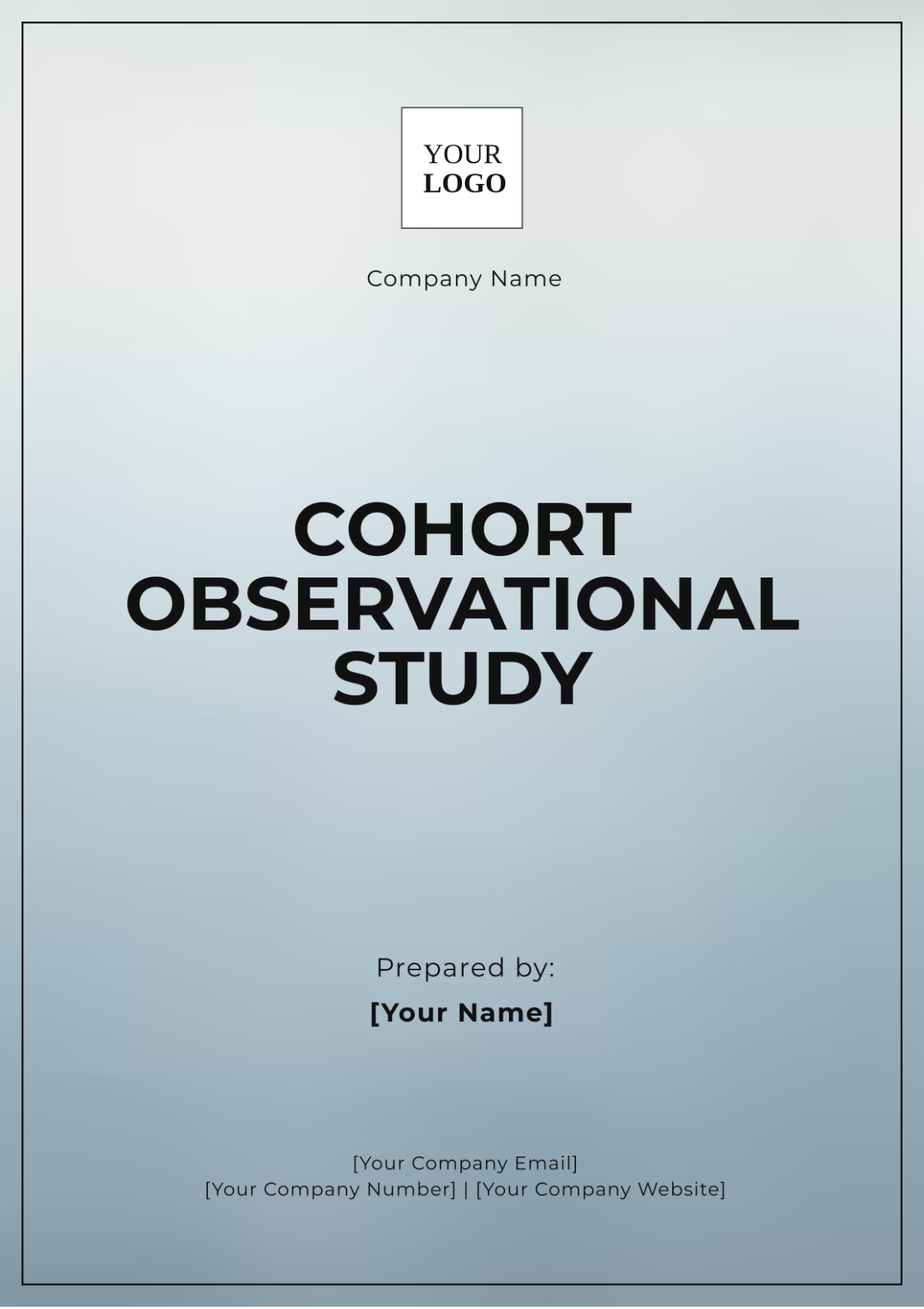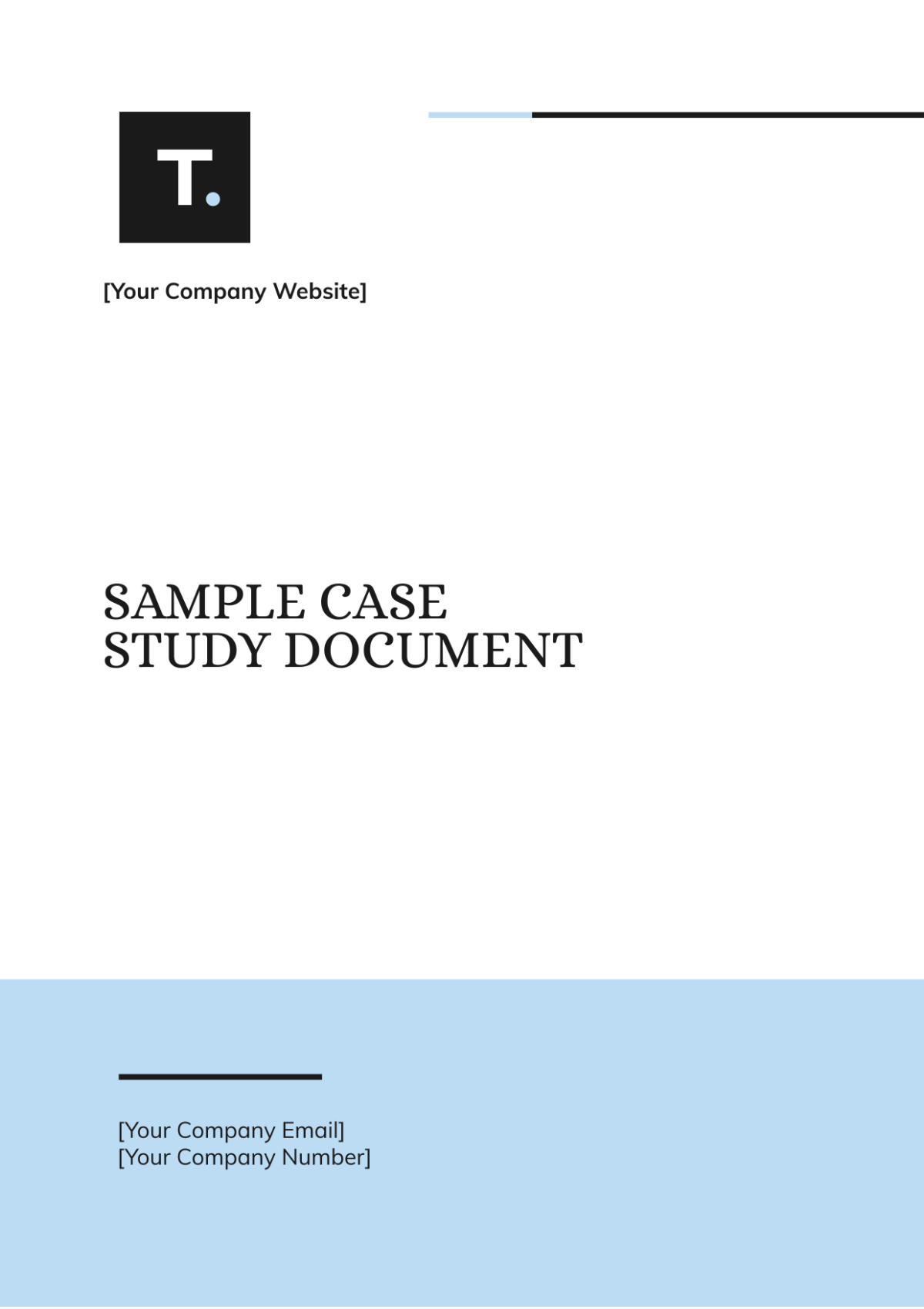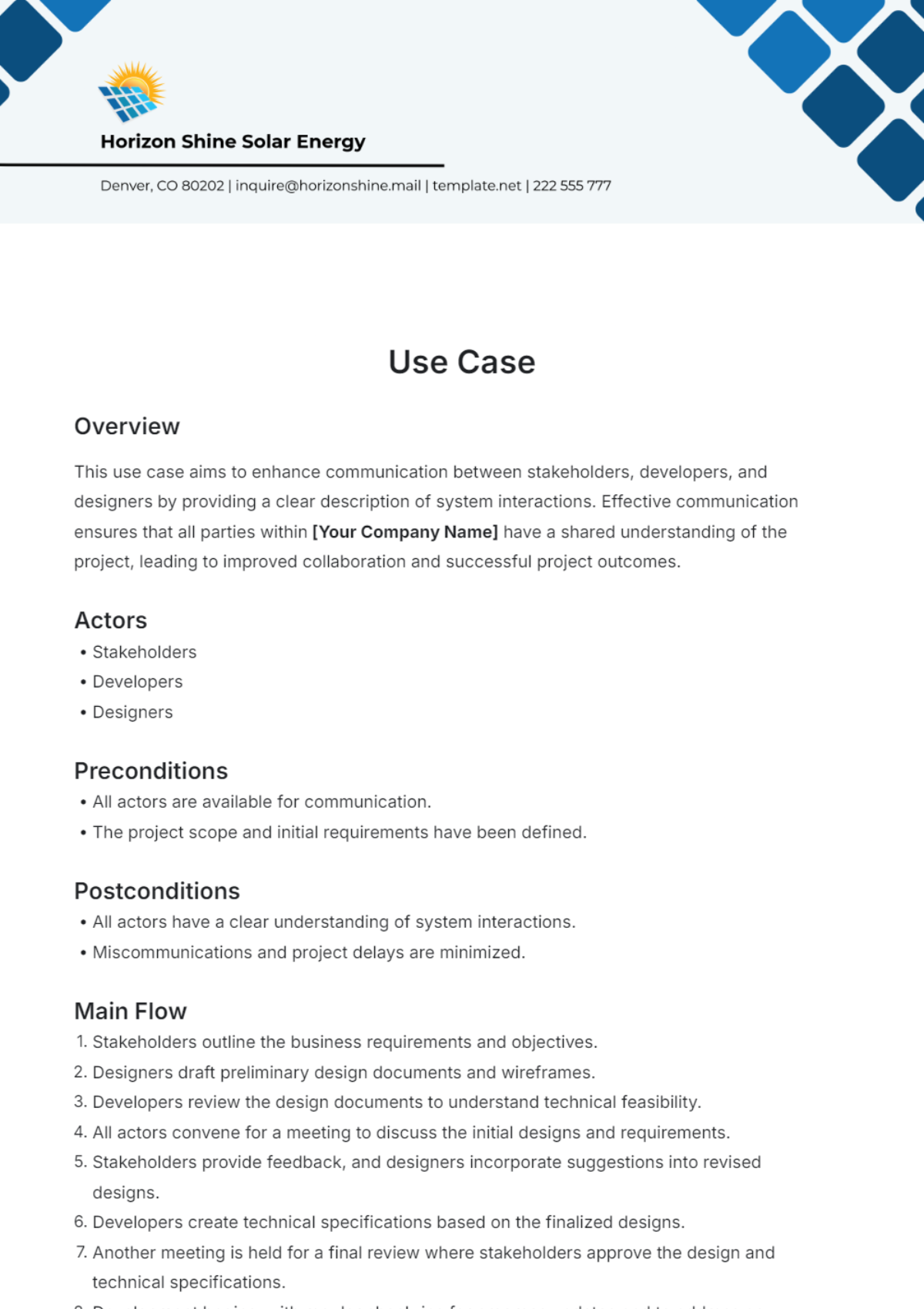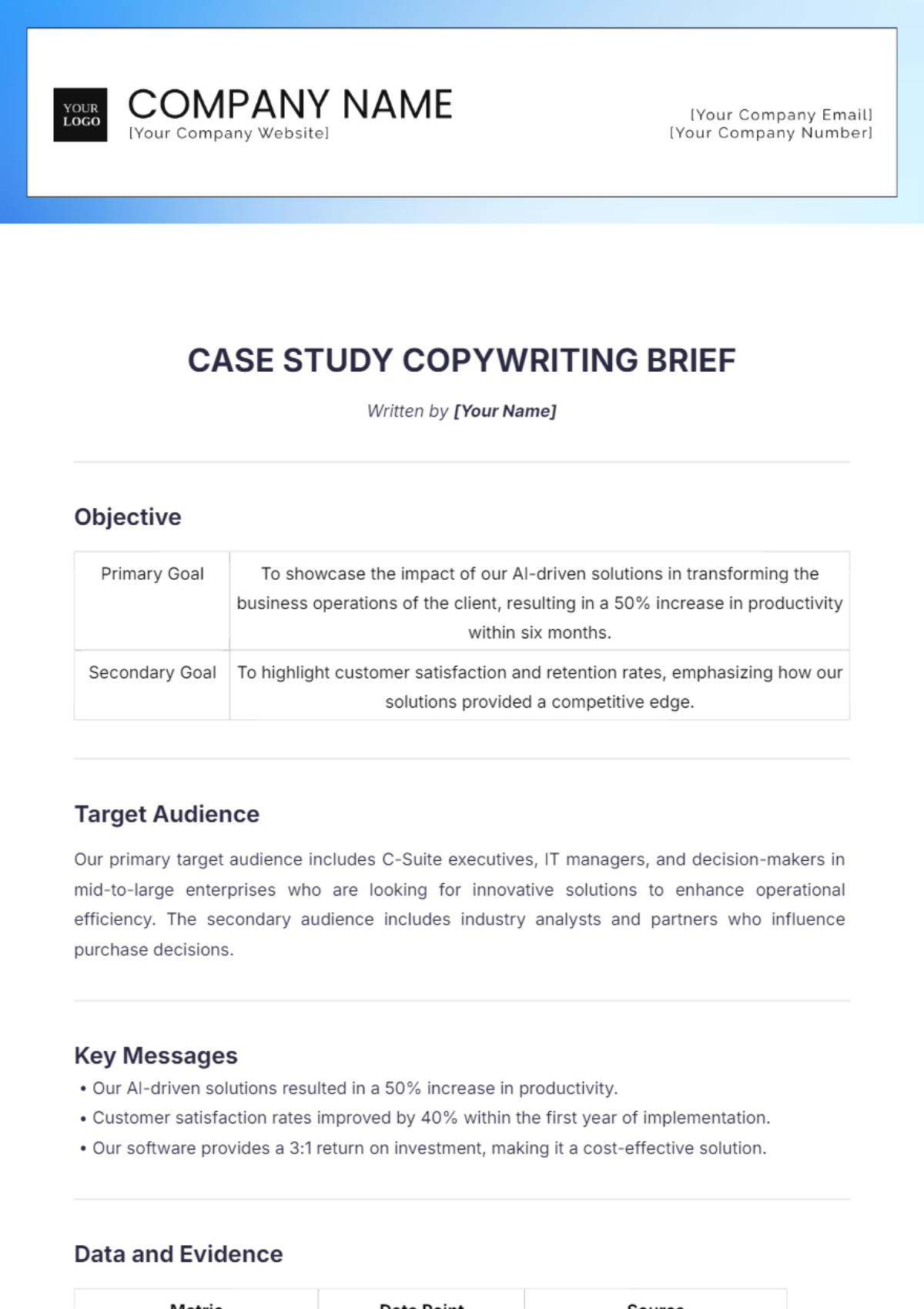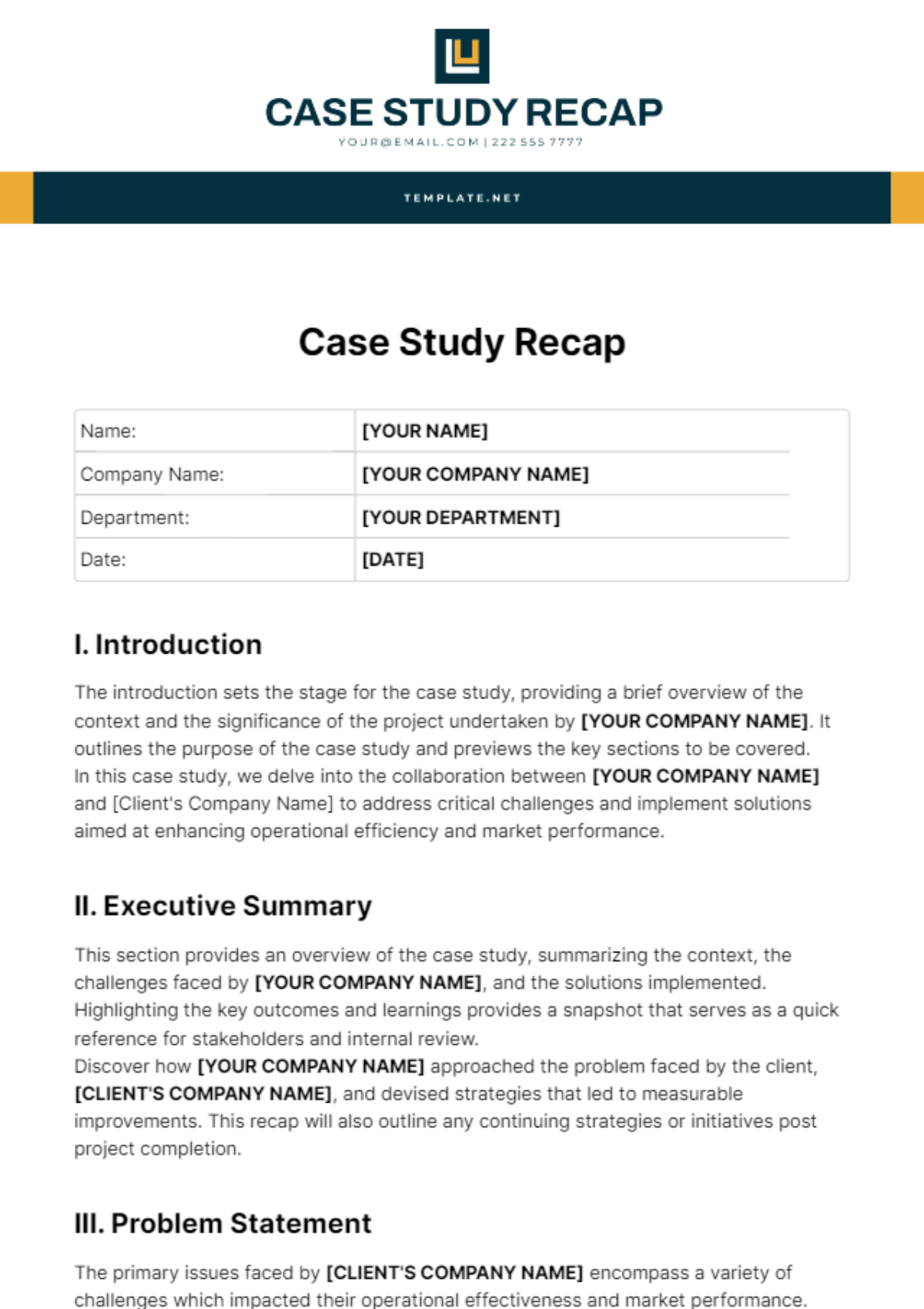Pulmonary Embolism Case Study
I. Patient Demographics and Medical History
Patient: [Patient Name]
Age: [Age]
Gender: [Gender]
Ethnicity: [Ethnicity]
Occupation: [Occupation]
Medical History: The patient has a history of hypertension, which is being managed with the medication lisinopril. They have no allergies that they are aware of.
1.1 Presenting Symptoms
The patient presented with sudden chest pain and shortness of breath, indicating possible cardiovascular or respiratory concerns. Increased heart rate suggests underlying stress, while a mild cough and low-grade fever hint at potential respiratory involvement or secondary infection. These symptoms necessitate urgent evaluation and intervention, considering conditions like pulmonary embolism as part of the differential diagnosis.
II. Diagnostic Evaluation
2.1 Initial Assessment
History and Physical Examination Findings: The patient is experiencing tachycardia, which is a high heart rate, and tachypnea, which refers to rapid breathing. Upon examination, the lung sounds are clear. However, there is a noticeable decrease in the breath sounds when focusing on the bases of the lungs.
Vital Signs: The patient's heart rate is currently at 110 beats per minute. Their blood pressure has been measured and is at 140 over 90 millimeters of mercury. The patient's respiratory rate is approximately 24 breaths per minute. Additionally, the oxygen saturation level is at 92 percent when the patient is breathing room air.
2.2 Diagnostic Tests
Laboratory Tests:
D-dimer Level: Elevated at 1000 ng/mL (normal range: <500 ng/mL).
Arterial Blood Gas (ABG): pH 7.45, PaO2 78 mmHg, PaCO2 34 mmHg, HCO3 25 mEq/L.
Imaging Studies:
Chest X-ray: Normal findings.
Computed Tomography Pulmonary Angiography (CTPA): Positive for bilateral pulmonary emboli in segmental and subsegmental branches.
III. Treatment and Management
3.1 Initial Management
Oxygen Therapy: Started on nasal cannula at 2 liters per minute to maintain oxygen saturation >95%.
Anticoagulation Therapy: The patient was initiated on a course of enoxaparin, with a prescribed dose of 1 milligram per kilogram, to be administered every 12 hours.
3.2 Interventions
Thrombolytic Therapy: The indication was not given because there is a low risk of instability in the fluid dynamics within the circulatory system or hemodynamic instability.
Inferior Vena Cava (IVC) Filter Placement: Deferred as the patient responded well to anticoagulation.
3.3 Monitoring
Vital Signs Monitoring: Every 4 hours including oxygen saturation, heart rate, blood pressure, and respiratory rate.
Laboratory Monitoring: Daily monitoring of CBC, coagulation profile, and renal function.
IV. Outcomes
During the hospital stay, the patient did not experience any complications related to their condition. They responded well to treatment, showing significant improvement in symptoms, including the resolution of chest pain, and their vital signs returned to normal ranges. These positive outcomes reflect the effectiveness of the chosen management approach and overall care provided.
V. Follow-Up
5.1 Medications
The patient was prescribed apixaban 5 mg twice daily for 6 months upon discharge. Apixaban is an anticoagulant medication used to prevent blood clots, especially in cases like pulmonary embolism, and requires careful monitoring for optimal therapeutic outcomes.
5.2 Follow-Up
A follow-up appointment has been scheduled for one-week post-discharge to review medication adherence, assess any potential side effects, and ensure the patient's understanding of the treatment plan. Additionally, repeat imaging is planned in 3 months to evaluate the resolution of pulmonary embolism or any changes in the patient's condition requiring further intervention. These measures aim to monitor progress and adjust management as needed for ongoing care.
VI. Discussion
Clinical Presentation: Typical presentation of pulmonary embolism with chest pain, dyspnea, and elevated D-dimer.
Diagnostic Challenges: Initial normal chest X-ray necessitated CTPA for definitive diagnosis.
Treatment Rationale: Anticoagulation was chosen over thrombolytic therapy due to stable hemodynamics.
VII. Lessons Learned
Key Takeaways: The importance of recognizing pulmonary embolism early and managing it promptly is a critical aspect to consider.
Future Considerations: Consideration of long-term anticoagulation duration based on risk assessment and guidelines.







